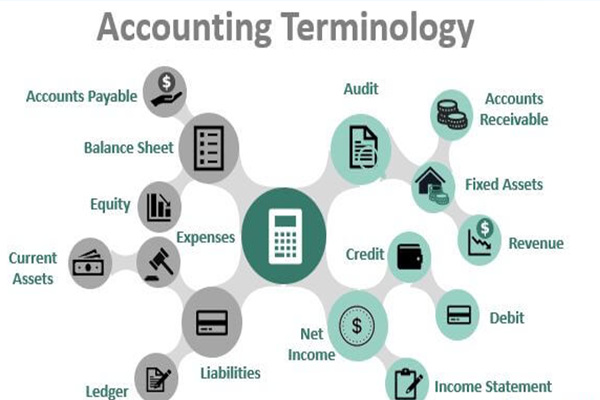Chapter 2: Key Bookkeeping Terms
Some important terms
- Debits & Credits
Definition
- In accounting, debits and credits are the fundamental building blocks of every transaction. They describe how transactions affect the accounts in a business’s books.
- Debit (Dr.): Increases certain accounts (like assets and expenses) while decreasing others (like liabilities, equity, and revenue).
- Credit (Cr.): Increases certain accounts (like liabilities, equity, and revenue) while decreasing others (like assets and expenses).
Examples
- Purchasing Office Supplies:
- You’d debit the Office Supplies expense account (increasing expenses) and credit Cash (decreasing cash).
- Receiving Cash from a Sale:
- You’d debit Cash (increasing cash) and credit Sales Revenue (increasing revenue).
Why It Matters
- Understanding which side of the ledger your transactions go on is vital for accurate record-keeping. Properly applied, debits and credits keep your books balanced according to the accounting equation.
- Ledgers & Journals
Journals
- A journal (also called the “book of original entry”) is where transactions are first recorded, chronologically.
- Each journal entry includes:
- Date of the transaction
- Accounts affected (with debit or credit amounts)
- A brief description or reference
Ledgers
- After transactions are logged in the journal, they are posted to individual ledger accounts.
- A ledger (sometimes called the “general ledger”) groups all the transactions by account type (e.g., Cash, Sales, Accounts Payable).
Why They Matter
- Journals capture a detailed history of all business transactions in the order they occur.
- Ledgers provide an organized view of all activity by account, making it easier to track balances for each category (like how much cash you have or how much revenue you’ve earned).
- Assets, Liabilities, Equity
These three categories form the foundation of the accounting equation:
Assets = Liabilities + Equity
- Assets
- Resources a business owns that have economic value.
- Examples: Cash, inventory, equipment, vehicles, and accounts receivable.
- Assets typically provide future benefits or can be converted into cash.
- Liabilities
- Amounts a business owes to others—like debts or obligations.
- Examples: Loans, unpaid bills, salaries payable, taxes owed.
- Liabilities represent claims against a company’s assets by creditors.
- Equity
- Also referred to as “owner’s equity” or “shareholder’s equity.”
- Represents the ownership interest in a business, the net of assets minus liabilities.
- If you subtract total liabilities from total assets, you get equity.
Why They Matter
- Tracking assets, liabilities, and equity keeps your books in balance and clarifies a business’s overall financial health.
- The accounting equation underscores how every transaction affects at least two accounts, maintaining the balance between what the business owns and owes.
Key Takeaway
- Debits and credits ensure each transaction is properly recorded.
- Journals and ledgers keep those transactions organized.
- Assets, liabilities, and equity are the core components that reflect a company’s financial position at any given moment. By understanding these foundational terms, you’ll have greater clarity when analyzing your financial records.
